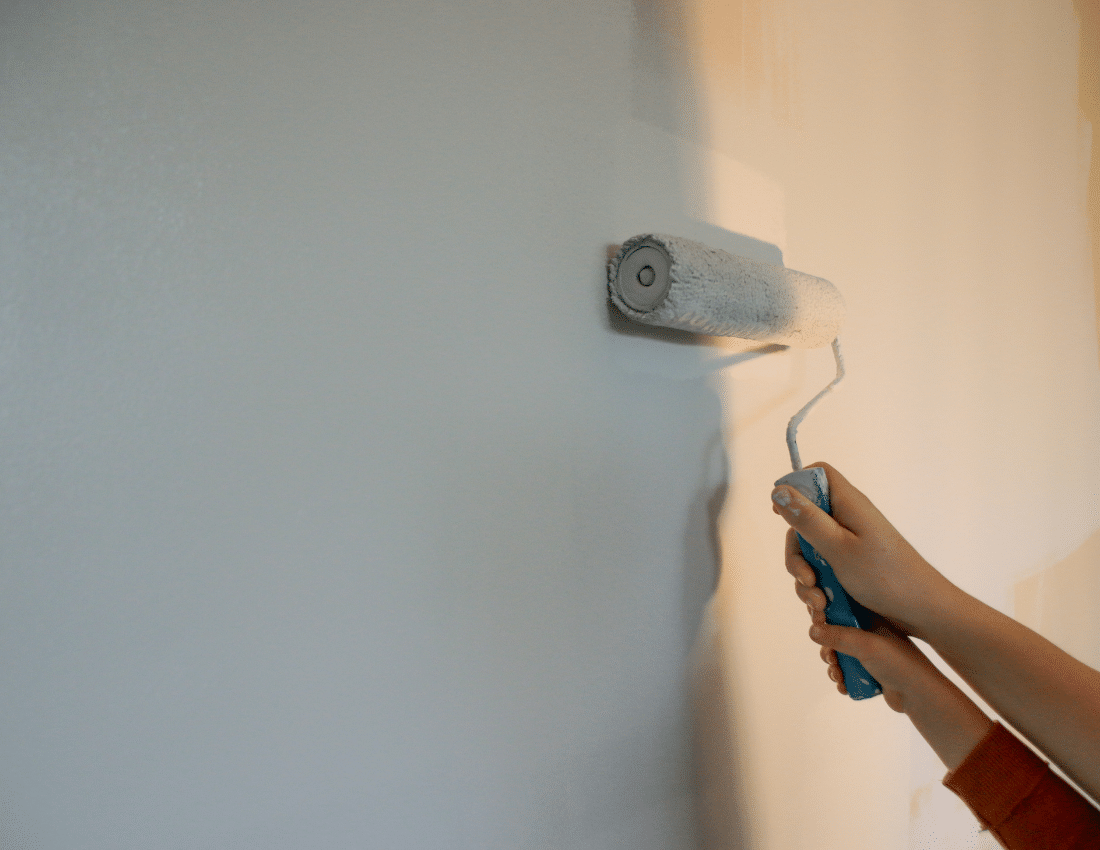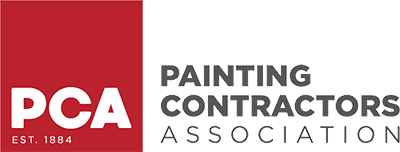You’ve moved the furniture, picked your color, and pulled out the brush—but you’re still asking yourself: how many coats of primer do I need?
That question throws a lot of people off, especially around Vero Beach, FL, where homes are exposed to heat, humidity, salt air, and a variety of surfaces like old plaster, bare wood, and patchy drywall. The truth? There’s no one-size-fits-all answer.
Some rooms might need just one coat. Others? You’ll be layering on two or three if you want paint that actually sticks and stays put.
In this post, we will walk you through what really matters when it comes to primer: surface type, room conditions, past damage, and the kind of paint you’re planning to use. You’ll learn when one coat is enough, when two coats are smarter, and when three is worth the time.
We’ll also cover tips on prep, sanding, spotting problem areas, and how to deal with humidity or mildew—something we see all the time in Vero Beach homes near the water.
Key Takeaways:
- How many coats of primer do I need? New drywall and raw wood need at least 2 coats of primer to avoid uneven paint and poor adhesion.
- Use 3 coats for stained ceilings, rough masonry, or big color changes to prevent bleed-through and patchiness.
- Humidity and heat in Vero Beach affect dry time, so allow extra time between coats, especially in bathrooms or basements.
- Spot priming patched areas before a full coat can save time and reduce blotches on previously painted surfaces.
- Sanding between coats improves adhesion and smoothness, especially on trim, furniture, or textured surfaces.

What Impacts How Many Coats of Primer You Need?
Let’s start with what really controls the answer.
Whether you’re painting drywall, wood, masonry, or metal, primer works like an anchor—helping your topcoat stick while sealing in stains, moisture, or uneven texture. But not all surfaces behave the same.
Here’s what plays the biggest role in how many coats of primer you’ll need:
- Porosity: Surfaces like new drywall, raw wood, and concrete are absorbent. The first coat often soaks right in.
- Damage & Repairs: Sanded spots, patched holes with joint compound, or water-damaged plaster create uneven areas that need spot-priming or extra coats.
- Stains & Mold: Water, mildew, and even smoke stains will bleed through paint without a stain-blocking primer.
- Paint type: Painting latex over oil paint? You’ll definitely need a solid layer of primer in between—or your paint could peel off.
- Color changes: Going from dark to light (say, navy to white) usually calls for two coats to avoid patchiness.
And here in Vero Beach, there’s another thing to think about: heat and humidity. Those two can mess with how primer dries and bonds, especially in places like bathrooms, laundry rooms, or basements with poor ventilation.
Drywall and Joint Compound
How many coats of primer do I need on drywall? Most of the time, the answer is two.
New drywall and areas patched with joint compound are extremely porous. That first coat of primer almost disappears, especially under strong lighting. If you skip the second coat, your paint may look dull or uneven in certain spots.
Here’s the breakdown:
- New drywall: 2 coats
- Previously painted drywall with minor repairs: 1 full coat + spot priming over patches
- Heavy patching or water damage: 2–3 coats
Tip from the pros: Let your primer dry fully between coats, and lightly sand if the surface feels rough. Even a bit of dust can affect adhesion.
Bare and Stained Wood
If you’re working on wood furniture, trim, or siding, primer is your best friend—wood soaks up paint, especially around knots and grain.
So how many coats of primer do I need on wood? At least two, sometimes three for raw or stained wood.
- Raw wood: 2 coats minimum
- Knots or tannin-rich areas: Use a stain-blocking primer
- Painted or sealed wood: 1–2 coats depending on surface prep
Don’t forget prep. Use sandpaper to smooth the grain before your first coat and again between coats. This helps remove dust, reduce blotchiness, and gives the paint better adhesion.
Want to go greener while working with wood trim or cabinetry? Consider using a bold color with a low-VOC or non-toxic base. Here’s a great resource: Non-toxic interior paint.
Masonry, Concrete, and Plaster
Concrete, masonry, and old plaster walls are common around Vero Beach—especially in older coastal homes. These surfaces are often rough, chalky, and full of small holes or texture that can suck up primer.
If you’re dealing with porous surfaces like stucco, block wall, or concrete basement walls, you’ll want to prime twice. In some cases (especially if mold or stains are present), three coats may be necessary.
Suggested approach:
- Unpainted concrete or masonry: 2 coats
- Damaged plaster or walls with stains: Up to 3 coats
- Basements or humid spaces: Mold-resistant or mildew-blocking primer recommended
Humidity and salt air can wear down masonry faster, so using the right primer and waiting for dry, cooler conditions is a smart move.
Ceilings, Bathrooms, and Humid Rooms
Painting over a bathroom ceiling or a textured popcorn surface? These are tricky spots. Moisture, heat, and older materials can cause paint to peel or stain to creep through if your primer base is too thin.
Here’s what we recommend:
- Textured ceilings or popcorn finishes: 2–3 coats
- Flat ceilings with water stains or mildew: 2 coats minimum
- Bathroom or laundry room ceilings: Use a moisture-resistant primer and allow full dry time
One coat might look okay at first, but it won’t hold up long in rooms with constant humidity. It’s better to do the extra coat now than to repaint later.
Already Painted Surfaces
If your walls are in good shape—smooth, no repairs, no stains, and you’re not making a major color switch then you can usually get away with one coat of primer. Just make sure the surface is clean and dry.
Quick tips:
- Same color family: 1 coat
- Big color shift (dark to light): 2 coats for even color coverage
- Oil paint underneath: Always prime before applying latex
If you’re unsure what type of paint is currently on your walls, test a small section or talk to your local professional painters in Vero Beach, FL for help identifying whether it’s oil paint or latex.
When Three Coats Are the Smarter Option
While two coats work for most cases, there are situations where three really pays off:
- Surfaces with high porosity, like raw brick or fresh plaster
- Stains that keep bleeding through
- Major color shifts, like going from black to beige
- Patchy surfaces or poorly repaired areas
- That extra coat adds depth, seals the surface, and gives your final paint a much smoother finish.
If you’re still feeling unsure about where to start, you might find this helpful: Interior paint types and tips.
Final Thoughts: So, How Many Coats of Primer Do I Need in Vero Beach, FL?
If you’re in a newer home with smooth surfaces and no major repairs, one coat of primer might be enough. But for many homes around Vero Beach, the smart move is two coats, especially if you’re painting drywall, wood, or anything exposed to humidity.
And when the surface is stained, textured, or full of repairs? Go with three. Your finish coat will thank you.
Here’s how Home Perspective Painting & Staining can help make your house painting project easier:
- Free color consultations to help choose the right paint and primer
- Full prep: patching drywall, sanding, cleaning, and priming
- Clean, careful application—no dust, no shortcuts
- Experienced painters who understand how to work with Florida humidity and heat
- Friendly, local service that respects your time and space
Serving Jupiter, Palm Beach Gardens, Fort Pierce, FL, and the surrounding areas. Call us at 772-261-9133 for your FREE estimate today!

